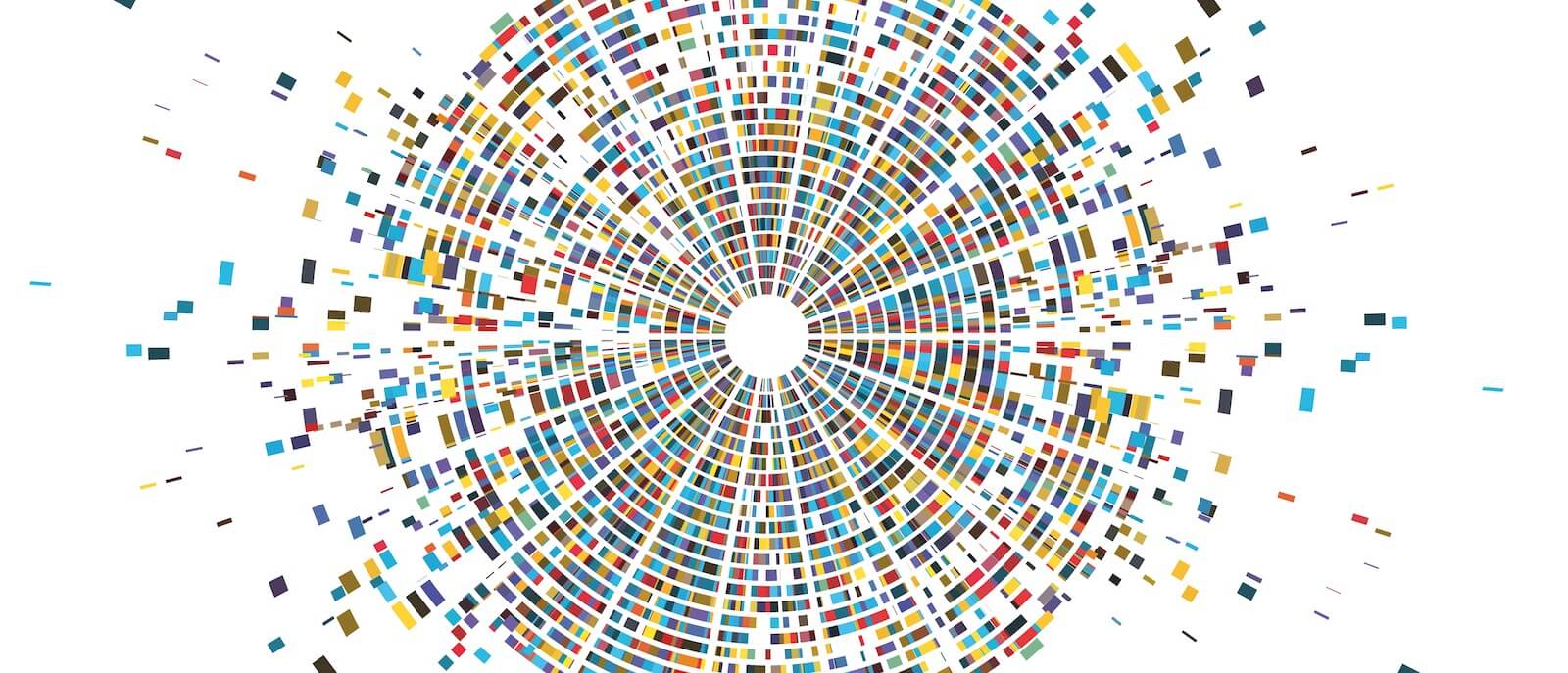Confocal microscopy
To investigate initial pathological processes in hereditary and complex retinal dystrophies we study morphology and protein (co)localization in gene-manipulated mouse models, patient cell lines and organoids, or cultured retinal cells. Accordingly, we have many years of experience with fluorescence microscopy and confocal microscopy, with a focus on retinal tissues and cells. Our newly acquired FLUOVIEW FV3000 Laser Scanning Microscope offers access to a large spectrum of state-of-the-art microscopical applications. It can acquire four fluorescent signals sequentially or simultaneously with spectral detection, high sensitivity and a resolution of up to 120 nm, nearly doubling the resolution of typical confocal microscopy. Image stitching at both macro and micro levels as well as 3D-rendering of Z-stacks facilitates the generation of overview images that show samples in context. The enclosed CellSens Dimension software enables deconvolution improving resolution, contrast, and dynamic ranges. It also features an image analysis tool for measuring particle number, size, luminosity, and morphology as well as quantitative colocalization. Taken together, this allows the generation and analysis of bright field and fluorescence pictures of superior quality in a wide range of macro to micro imaging applications.

